The single-man Delfin was originally designed with a regular gasoline engine like on the infamous Biber (which had a habbit of killing its crew), but was built with an inovative closed-cycle engine.
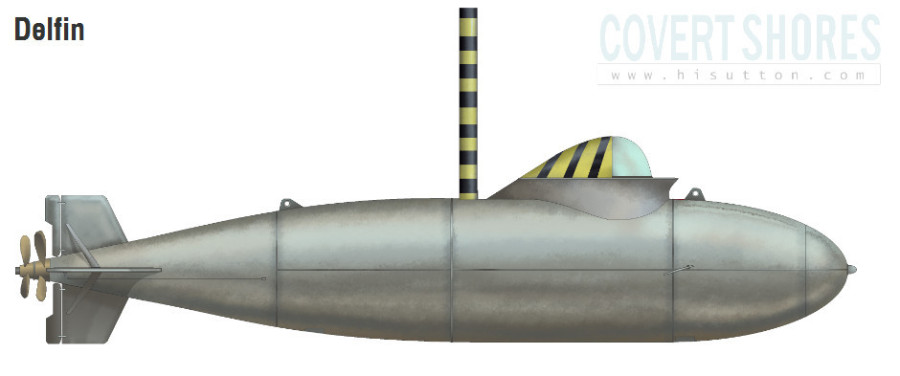
Diesel engines are much more efficient than batteries and allow the submarne to travel much further, but they require an oxygen supply when running. In practicice this meant that WW2 submarines had to spend most of their time on the surface where they were easily spotted by the enemy. The Walter Closed-Cycle engine freed the submarine from having to be on the surface by using a chemical recation with Hydrogen Peroxide to generate oxygen. These used steam turbines, employing steam heated by burning diesel fuel in the steam/oxygen atmosphere created by the decomposition of hydrogen peroxide by a potassium permanganate catalyst.
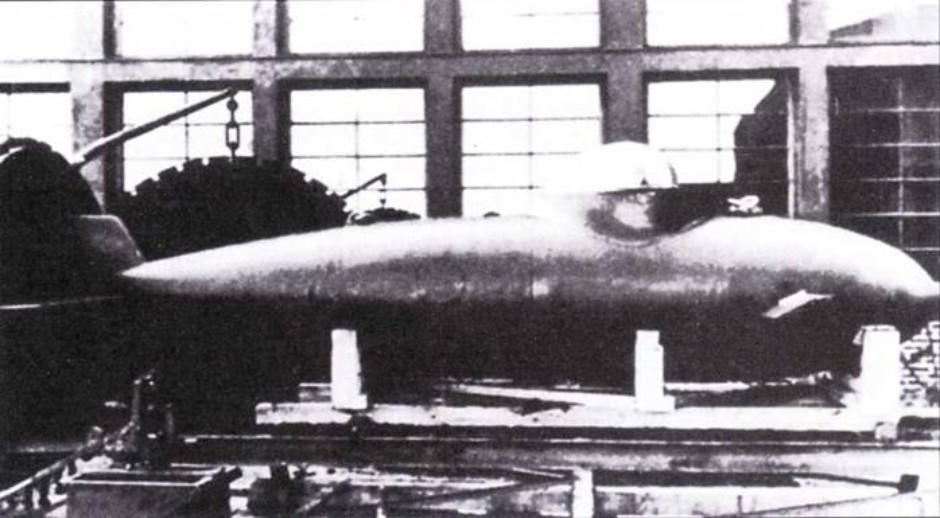
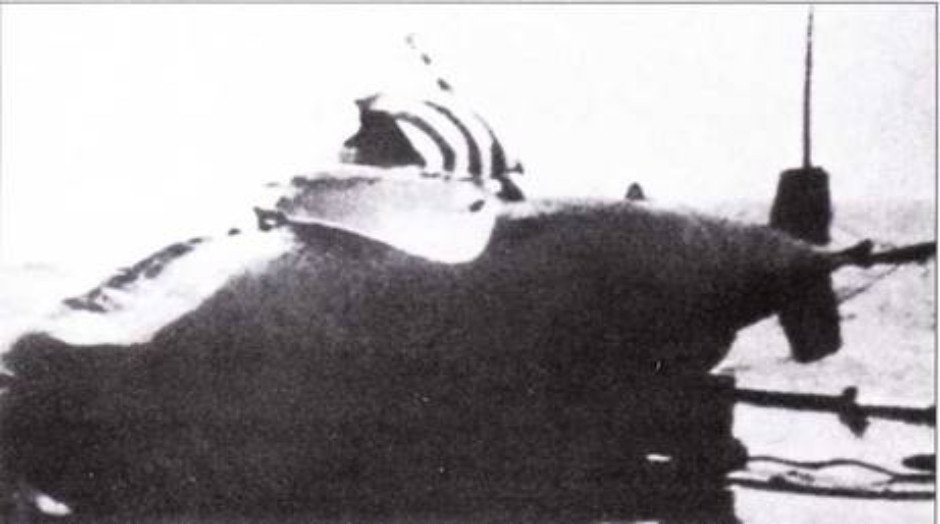
The ultimate book of Special Forces subs Covert Shores 2nd Edition is the ONLY world history of naval Special Forces, their missions and their specialist vehicles. SEALs, SBS, COMSUBIN, Sh-13, Spetsnaz, Kampfschwimmers, Commando Hubert, 4RR and many more.
Check it out on Amazon
The craft was incredibly small with a hydrodynamic teardrop hull. Instead of a periscope it had a plexiglas canopy over the pilot, which was a feature carried over from the Marder human torpedo. This dome was strong enough to allow a diving depth of 56m (185ft) but ironically was only useful if the midget sub surfaced. Thus the air-independant propulsion (AIP) was not about stealth but about power: one of the main limitations of most German 'human torpedo' designs was that they lacked sufficient speed to intercept mast surface ships. The tiny teardrop hull coupled with a large engine gave the Delfin an impressive top speed of 17kt which was for times as fast as the Marder, although it bore no comparison to the Japanese designs like the Kaiten which could achieve 40kt.
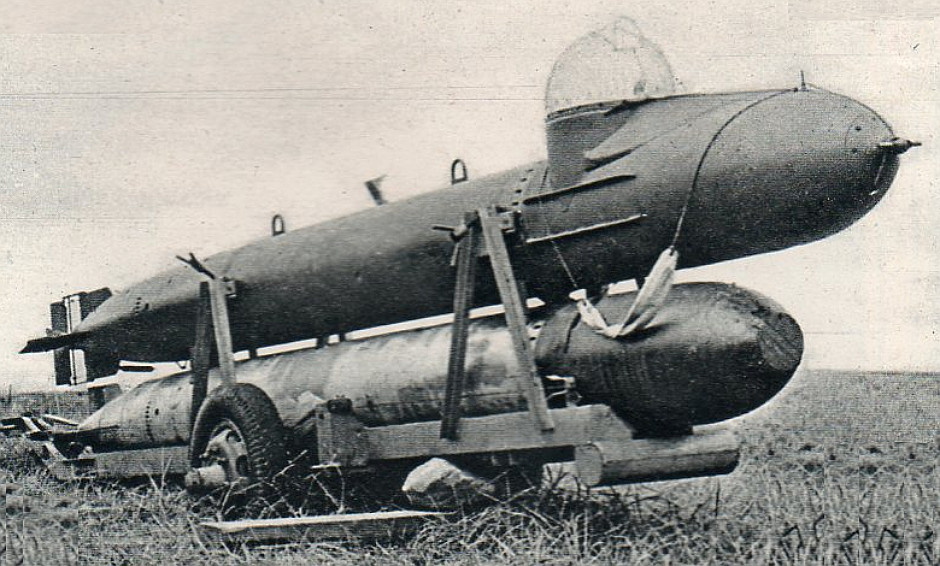
The Marder human torpedo with cockpit in the nose and underslung torpedo. Despite its streamlined form it was quite slow with a top speed of just 4kt.

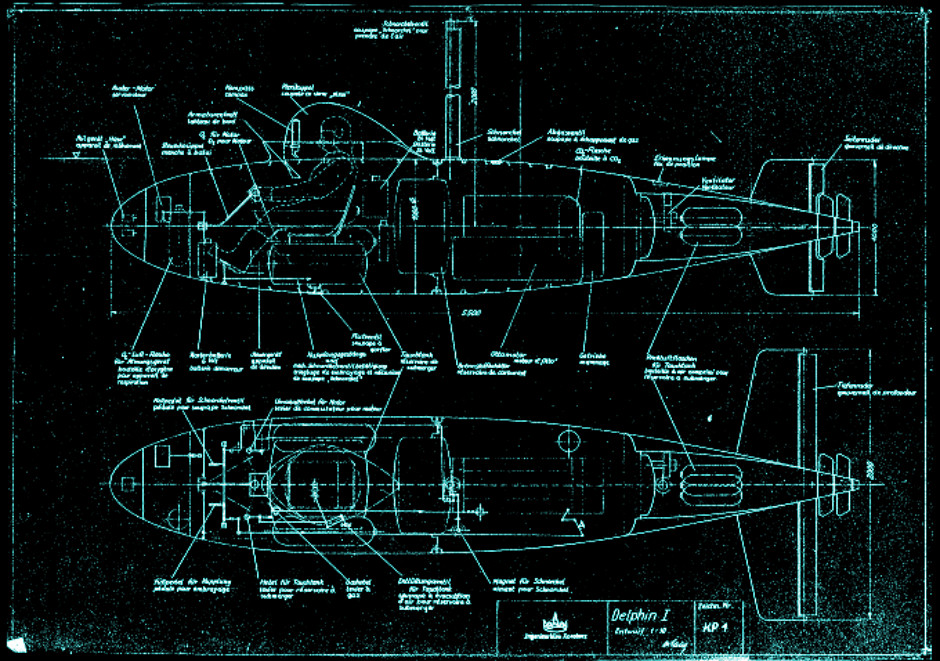
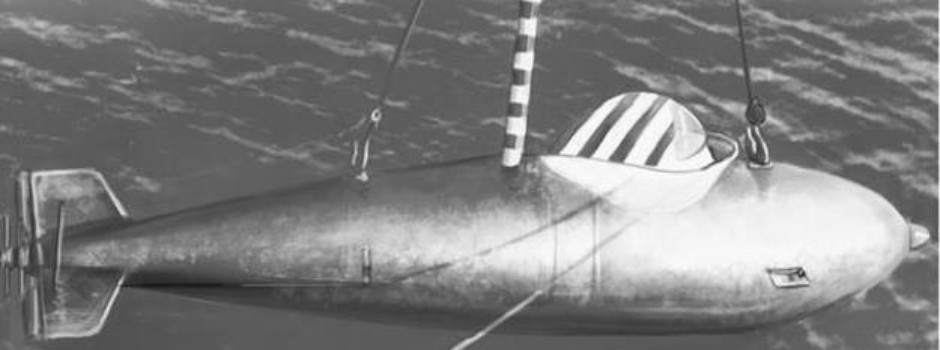
Only 3 prototypes were ever built and one was written off on 18th Jan 1945 in a collision with a boat. The other 2 were destroyed on 1st May 1945 at Pötenitz to avoid them being captured by the allies.
Specifications
Length: 5.5 meters
Beam: 1.8 meter
Displacement: 2.5 tons
Speed: Maximum 10 kts surfaced, 17kts submerged
Operating depth: 56 meters
Endurance : 90 miles submerged
Armament: 1 x 533mm (21") G7e torpedo (underslung) or towed mine.
Crew: 1

